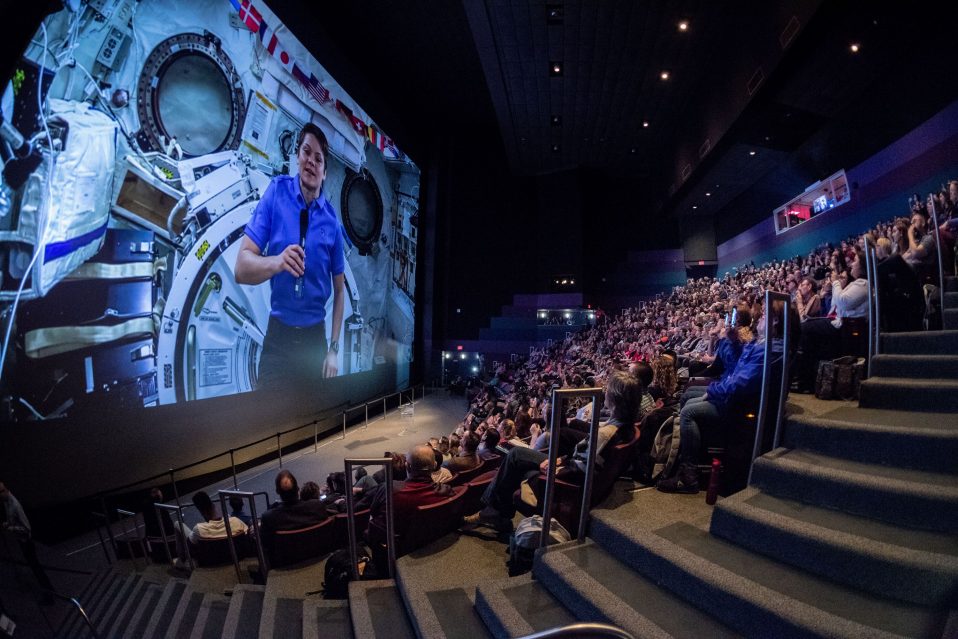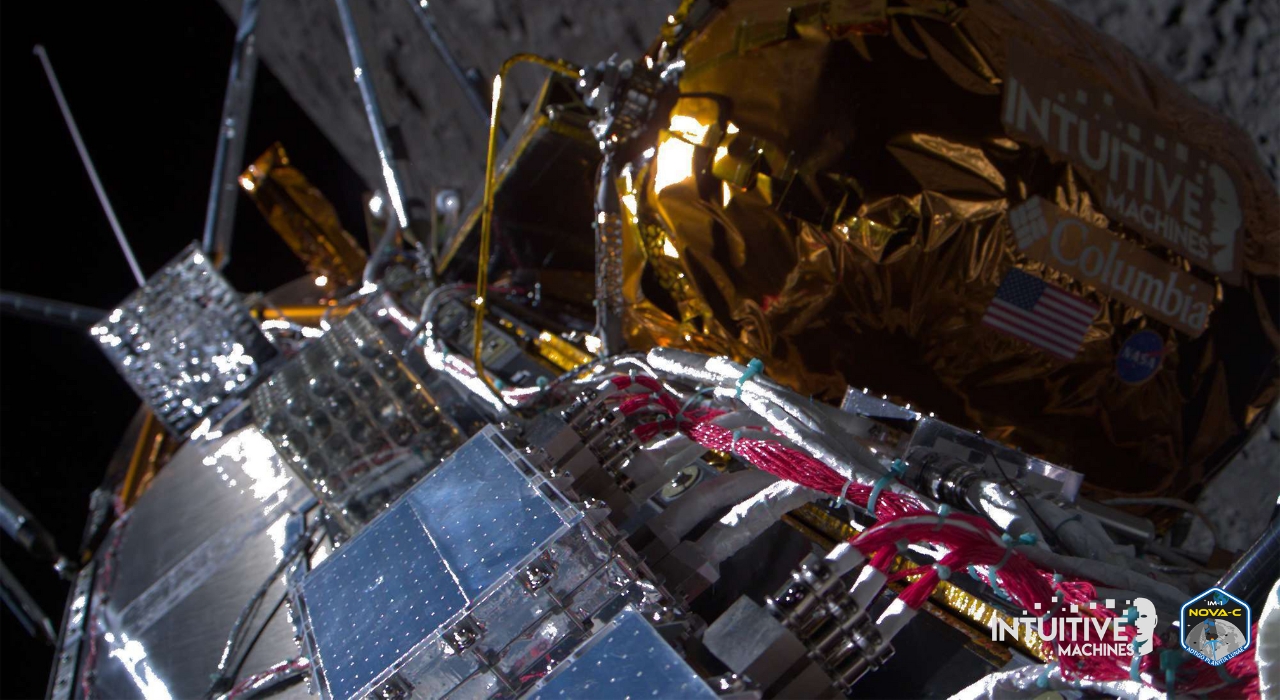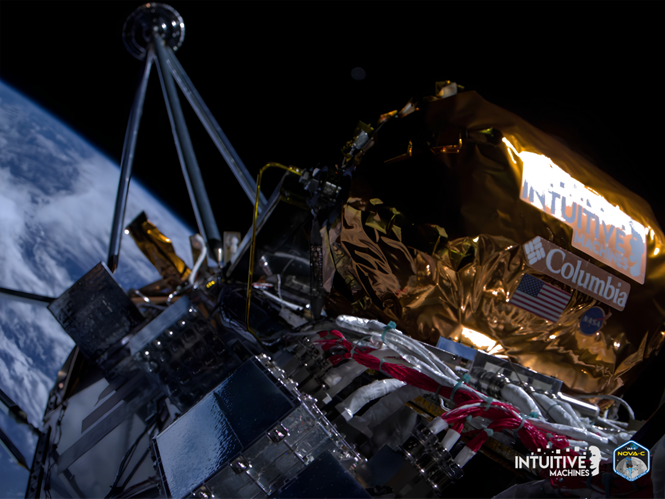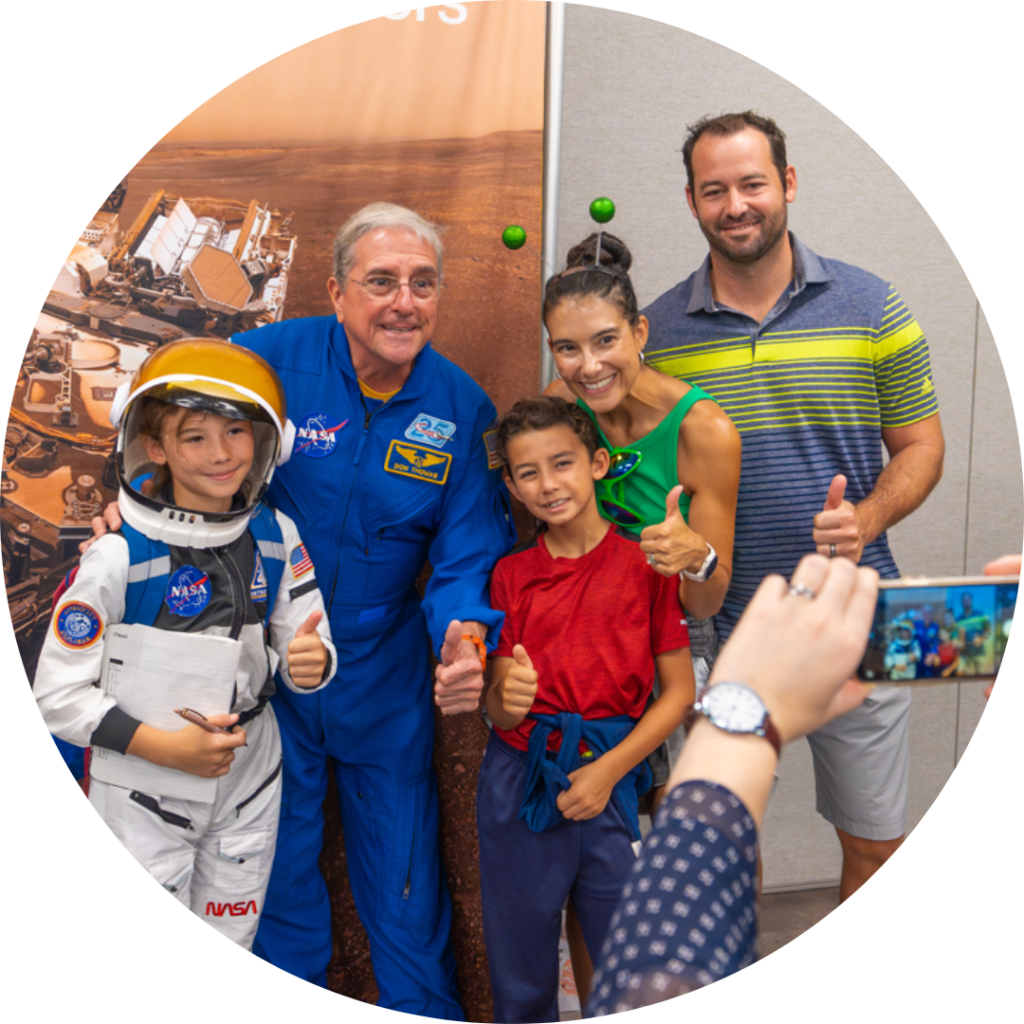How well do you know your astronomical neighborhood? Let’s go on a trip through our solar system and explore the weird, the wild, and the beautiful all around us. Today, we are learning all about Venus.
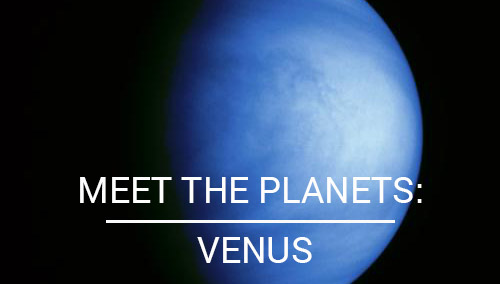
Where is it?
Venus is the second planet of our solar system, sitting an average of 66 million miles from the sun and an average of 25 million miles from Earth.
What’s up with the name?
Venus is named after the Roman goddess of love and beauty. In Roman mythology, Venus sprung to life from sea foam. She was famously depicted rising from the sea in a clam shell by the famous painter Sandro Botticelli.
The Romans took much of Venusian myth from the Greek Aphrodite. Fitting for a goddess of beauty, the myth inspired many artists over time, including the Venus de Milo, a sculpture dating back to between 150-125 BC and on display at the Louvre in Paris.
Who “discovered” it?
Venus is the brightest planet in the sky, since it’s also the closest. Because of that, human have lived with knowledge of it for as long as our eyes have turned up to the heavens.
The first person to look at Venus in a telescope was that prodigious astronomer Galileo Galilei. He took the first accurate observations of the planet in 1610.

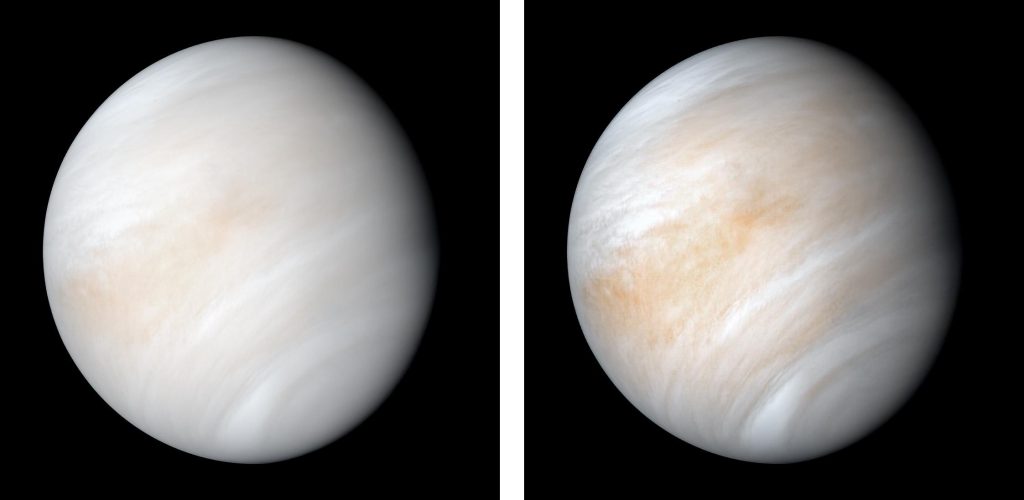
What’s it made of?
Venus is like Earth in its structure. It has an iron core that is approximately 2,000 miles (3,200 kilometers) in radius. Above that is a mantle made of hot rock slowly churning due to the planet’s interior heat. The surface is a thin crust of rock that bulges and moves as Venus’ mantle shifts and creates volcanoes.
From space, Venus is bright white because it is covered with clouds that reflect and scatter sunlight. At the surface, the rocks are different shades of grey, like rocks on Earth, but the thick atmosphere filters the sunlight so that everything would look orange if you were standing on Venus.
Almost all the surface features of Venus are named for noteworthy Earth women — both mythological and real. A volcanic crater is named for Sacajawea, the Native American woman who guided Lewis and Clark’s exploration. A deep canyon is named for Diana, Roman goddess of the hunt.
Venus’ atmosphere consists mainly of carbon dioxide, with clouds of sulfuric acid droplets.

Can we live there?
Probably not. The pressure on Venus’ surface is extraordinary, 90 times that on Earth’s surface. That’s equivalent to the pressure a mile, or 1,600 meters, underwater. For even more perspective, free divers stick to about 20 meters below the surface while nuclear submarines go as deep as 300 meters.
While we do have underwater vehicles capable of maintaining pressure 1,600 meters below the surface, they don’t do it for long, certainly not long enough to set up a permanent habitat.
That means we would have to set up habitations in the atmosphere. Seeing as we don’t currently have zeppelin-style habitats here on Earth, the technology would have to be developed.
How long is a year there? What about a day?
A year on Venus takes around 225 Earth days. Things get weird when we talk about a Venusian day though. It takes Venus 243 Earth days to complete one rotation, and that rotation is opposite of how Earth rotates on its axis.
Does that mean time moves backwards on Venus? Not quite. Not even a little.
Venus is one of just two planets that rotate from east to west. Only Venus and Uranus have this “backwards” rotation.
It completes one rotation in 243 Earth days — the longest day of any planet in our solar system, even longer than a whole year on Venus. But the Sun doesn’t rise and set each “day” on Venus like it does on most other planets.
On Venus, one day-night cycle takes 117 Earth days because Venus rotates in the direction opposite of its orbital revolution around the Sun.
Has NASA sent any missions there?
NASA has sent multiple missions to Venus, but here are the most notable.
Mariner 2
The Mariner 2 mission was not only the first U.S. mission to visit Venus, it was the first U.S. spacecraft to visit another planet period. Mariner 2 launched on Aug. 27, 1962 and made its Venus flyby on Dec. 14, 1962.
In terms of scientific results, Mariner 2 was only a modest success, but it still retains the honor of being the very first successful planetary science mission in history. It also discovered data on the Venusian atmosphere, plumbing its depths and gaining temperature readings of the planet.
Mariner 10
In 1973, NASA sent the Mariner 10 mission to Mercury by way of Venus. This mission was the first to explore two planets on the same mission. It was also the first to use the gravity of one planet to assist its flight path toward another planet, slingshotting around Venus to get to Mercury.
Mariner 10 made its closest flyby of Venus on Feb. 5, 1974, returning images which included the first picture showing the day-night terminator of the planet as a thin bright line. Overall, Mariner 10 returned 4,165 photos of Venus and collected important scientific data during its encounter.
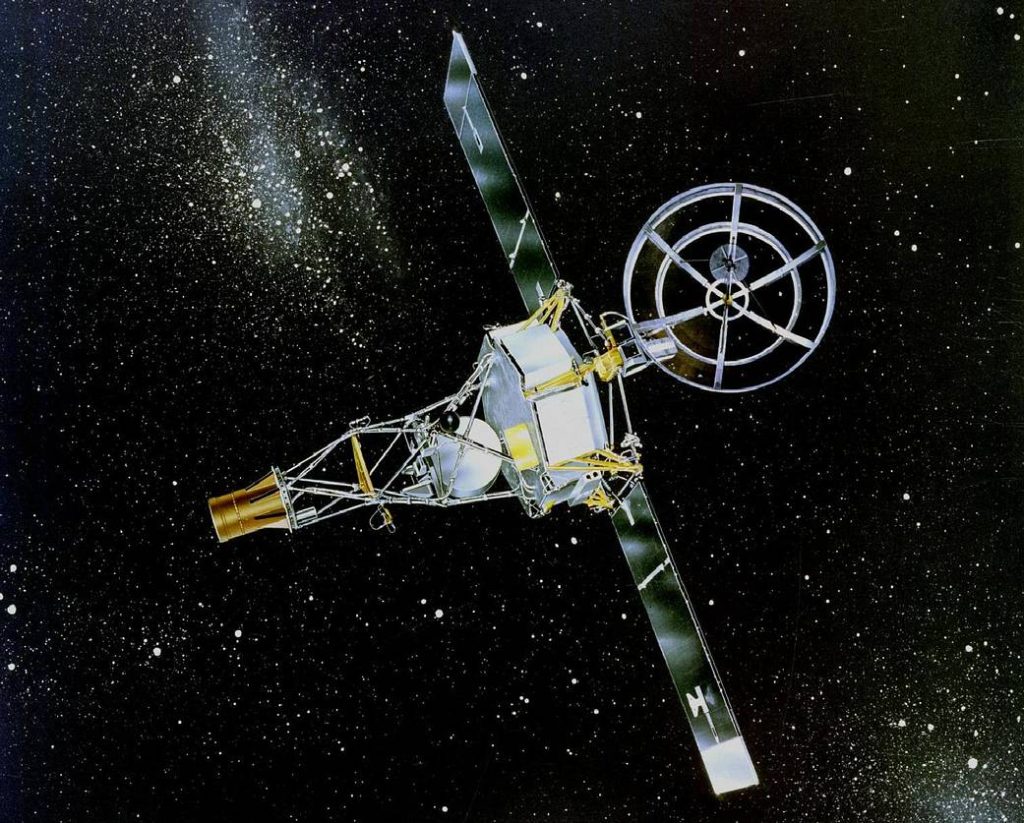
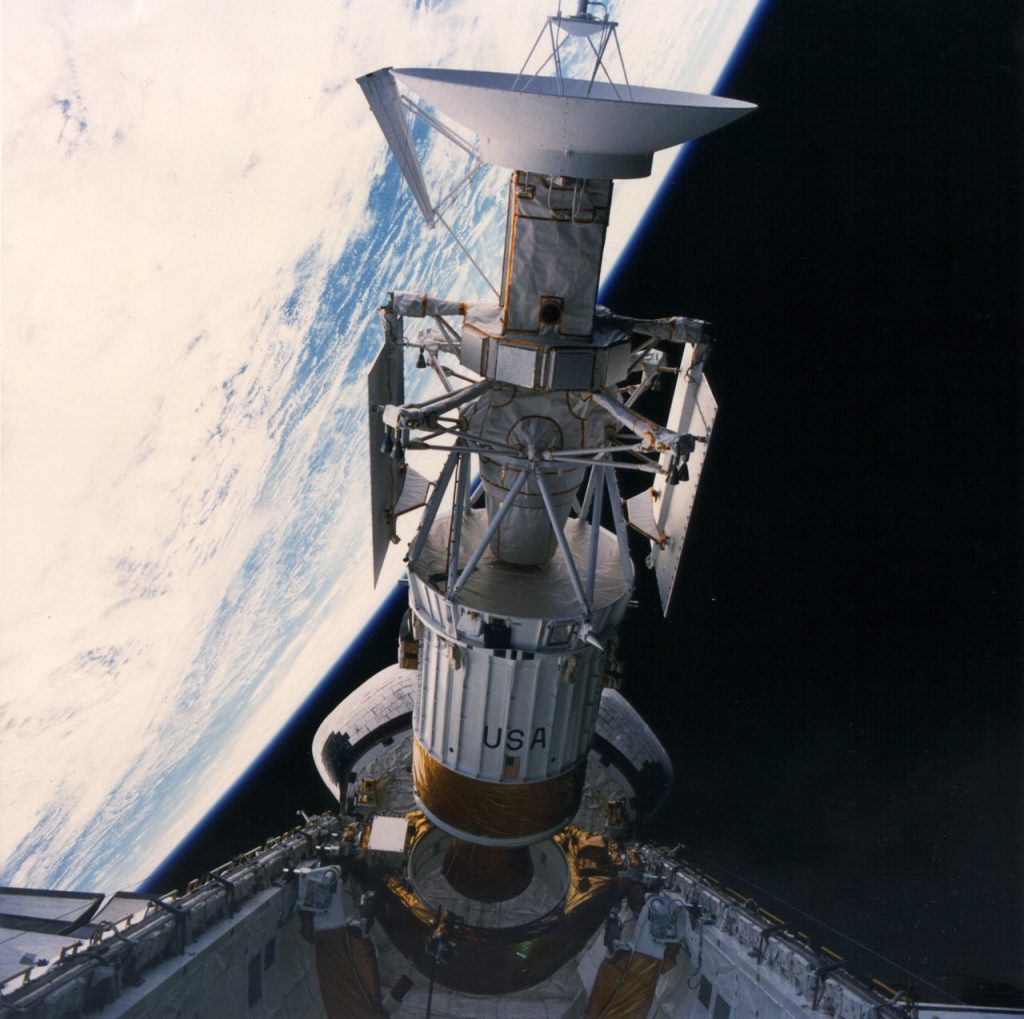
Magellan
In 1989, the Magellan spacecraft launched for Venus, beginning one of the most successful deep space missions. It was the first spacecraft to image the entire surface of Venus and made several discoveries about the planet. It was also the first deep space probe to be launched by a space shuttle.
New missions
NASA announced two new missions to Venus recently. DAVINCI+ will measure the composition of Venus’ atmosphere to understand how it formed and evolved, as well as determine whether the planet ever had an ocean.
VERITAS will map Venus’ surface to determine the planet’s geologic history and understand why it developed so differently than Earth.
Each is expected to launch in the 2028-2030 timeframe.
Can I see it from here?
Venus is always brilliant, and shining with a steady, silvery light. In 2021, it appears in the evening in the western sky at dusk from May 24 to Dec. 31. At different times of the year, Venus is also visible in the morning hours.
You can see Earth’s closest neighbor with just a pair of binoculars. Through binoculars, Venus shows phases in the same way that the Moon does. It can be round the other side of the Sun, when it has a small apparent size and shows a full disc, like the full moon.
Are there any pretty pictures of it?
Of course! Here are a few of the best photos of Venus.
[envira-gallery id=”47706″]

